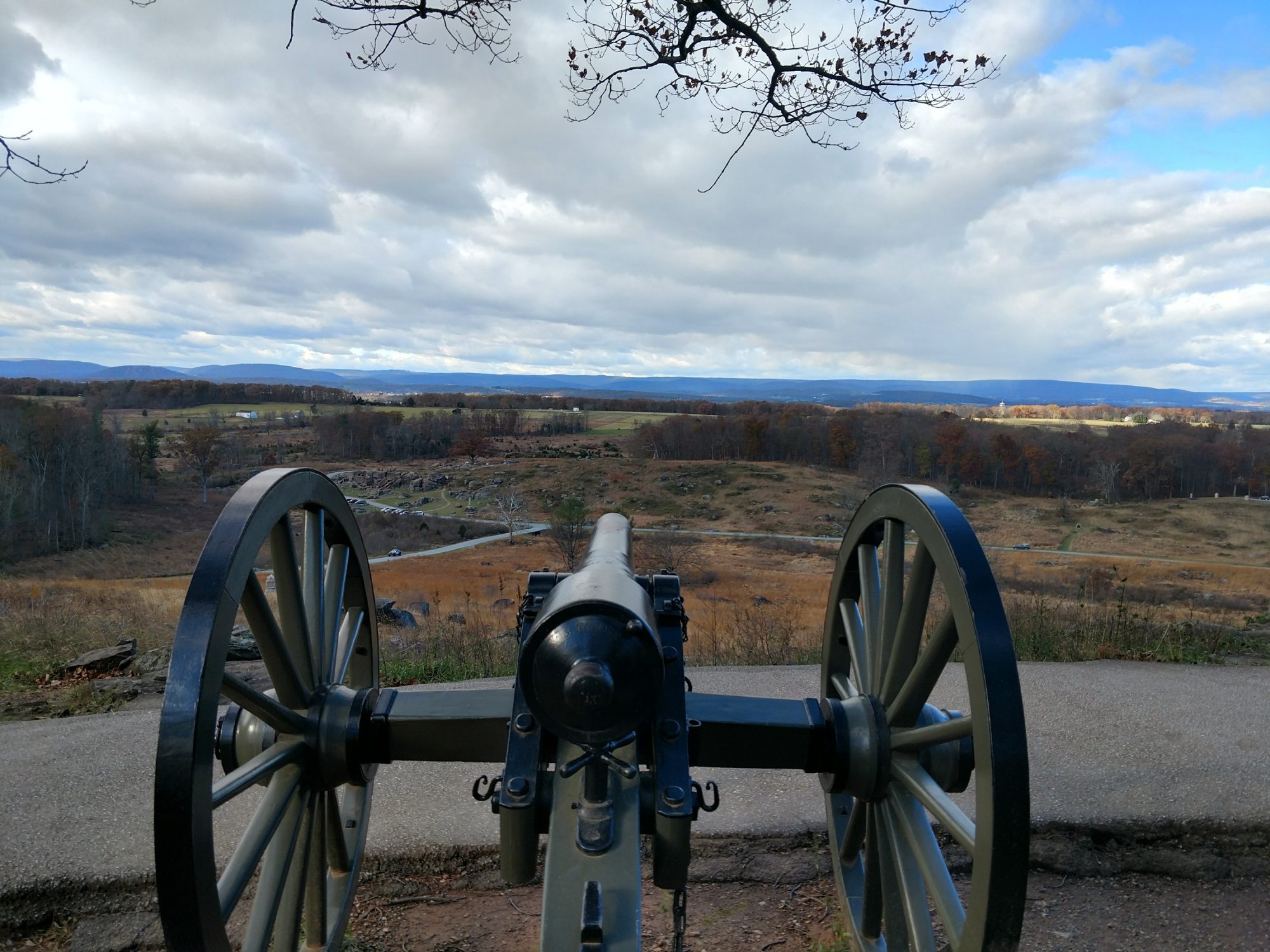The Last Jedi promises something not seen before – a Star Wars equivalent of a strategic heavy bomber.

To date, the Star Wars Universe has provided a science fiction examples to many real-life military roles (with varying degrees of artistic licence). Imperial Star Destroyers have largely stood in for the Navy, whilst the Army and Marines forces have been shown on all sides of the Galactic Civil War with armoured units, littoral forces, and even mounted elements.

The Air Force can take its pick – X-Wing fighters, Shuttle pilots, and even an Air & Space Operations Centre on Yavin. There’s one American air power staple however that’s been surprisingly missing from the eight live-action Star Wars films run (not including the two Ewok ventures) – a hulking, vulnerable, heavy-with-ordnance strategic bomber.
The Last Jedi will change this in December. Both trailers for the film have shown the ‘Resistance Bomber’, a ship which appears significantly larger than your 12.48-metre-long T-70 X-Wing; but probably a touch smaller than the 126-metre-long Corellian Corvette. That size means it doesn’t just carry a lot of bombs; it can carry all of the bombs. If the X-Wing is an F-15 or F-16 with a dozen or less hardpoints, then a Resistance Bomber is our B-52 with the capacity to carry every bomb that you own.

The Resistance Bomber isn’t just unique in the Star Wars cinematic pantheon – it stands out within the 40-years of storytelling canon. Whilst real strategic bombers have featured heavily in film (not to mention memoirs and other mediums), the Star Wars Universe doesn’t have a ship which matches something like a B-17, B-29, B-36 or B-52. That goes for the Expanded Universe, covering computer games, novels, comics, and roleplaying guide books. We’ve seen hundreds of different models of starfighters, but anything much larger is typically a freighter or capital ship. In the Star Wars canon, bombers have traditionally been more-or-less the same size as their starfighter escorts, and when they grew larger, they were seldom much bigger than the Millennium Falcon.

We only have modest information about the Resistance Bomber, but it’s not unreasonable to suggest it is derived from Second World War heavy bombers. It carries a crew of at least one pilot and one bombardier, and likely several gunners to operate laser turrets around the ship. Wookiepedia lists it as the B/SF-17 heavy bomber, a naming convention which means it’s probably a distant relative of the A/SF-01 B-Wing that appeared in Return of the Jedi. The B-Wing’s background was a poor dogfighter, but equipped with a heavy weapons load intended to take down larger capital ships. The Resistance Bomber follows this tradition, according to StarWars.com:
Now reinforced with new combat craft, the Resistance fleet dispatches hardy bombers into battle with the First Order fleet. Escorted by swift starfighters, these munitions-laden carrier ships drop powerful proto bombers onto their Star Destroyer targets.
Director Rian Johnson said The Last Jedi will use Twelve O’Clock High as a ‘touchstone’ for its combat scenes, and the B/SF-17 name is a nice callback to the B-17 Flying Fortresses that featured in the 1949 film. We wont know much more until The Last Jedi appears in cinemas in mid-December, coinciding with the release of the book The Last Jedi: Cobalt Squadron, which is expected to explore the backstory of Resistance Bomber crews in the movie. Accompanying this will be a source book The Last Jedi: Bomber Command, which promises detailed schematics and liftouts the likes of which would make an Artoo unit spin its dome.

The ‘Bomber Command’ title makes for as good a segue as any to discuss what place bombers – and munitions – have in the Star Wars films.
There’s two good reasons for why the Star Wars films have gone out of their way to not include any strategic bomber analogue until now – one to do with story-telling, the other to do with the real world. A good illustration of this appears in A New Hope, whose Death Star Battle is almost a word-for-word, shot-for-shot recreations of 1955’s The Dam Busters, itself based on the May 1943 raid by Royal Air Force Avro Lancasters on the Ruhr Valley dams in Germany. As with the X-wing’s run in the Death Star Trench, the Dam Busters had to skim along the surface to drop a ‘bouncing bomb’ with pinpoint precision to guarantee destruction of the target. A big difference difference lies is in the delivery platform. In The Dam Busters, the weapon is delivered by a Lancaster flown by a six-man crew. In Star Wars, it’s just Luke and a busted-arse R2-D2 running along in their lone X-Wing.

The story-telling reason for why we’ve seen no heavy bomber is simple – small ships in Star Wars can take the story where it needs to go. A strategic bomber requires multiple crew to operate, and the plot has characters engaging with one another on multi-crew ships like the Millennium Falcon. When it comes time to attack a Death Star, crews fly one or two-person ships because the ‘hero’s journey’ of the Star Wars plot can more easily narrow its focus on the individual. This leaves other characters to be killed off in a dramatic and explode-y fashion. What’s more, nothing sells the ‘David and Goliath’ stakes between the Rebellion and the Empire better than a handful of starfighters firing their guided munitions at a colossal deus ex machina, all backed by a spectacular John Williams score.

The real-world explanation for why we’ve yet to see a heavy bomber is the same as the story-telling reason – small ships in Star Wars can take the guided munitions where they need to go. In real life, strategic bombers have a flying range that smaller aircraft lack, by virtue of their need to carry massive bombloads (or even nuclear weapons) over oceans and continents. X-Wings on the other hand have strategic reach throughout the galaxy through the use of hyperspace, and can achieve destruction on a strategically significant scale with a limited bombload because the bad guys keep building a deus ex machina that’s vulnerable to precision attack (and, you know, the Force).
Even the Empire, who you might expect to engage in a spot of terror bombing of their own, doesn’t need such a platform. Star Destroyers carry out orbital bombardment from space, delivering destruction akin to mass area bombing raids. TIE Bombers meanwhile deliver precision bombloads where bigger ships can’t reach.
If the Star Wars universe has gone 40 years with its own version of a ‘bomber gap’, why might we be seeing one in The Last Jedi? Again, there’s two likely reasons – one for story-telling, one for strategy.
Firstly, the story-telling – with so many other war films having covered strategic bombers on screen, it makes sense that Star Wars would finally adapt it for a Galaxy Far, Far Away. Starfighter combat will always feature in Star Wars films, but there’s only so many times we can see that same David and Goliath narrative play out. Bombers allow for multiple characters to crew the same ship and be forced to work together, with the dramatic tension further raised by their ship’s lack of speed or manoeuvrability as it bears down on the target. The trailers for The Last Jedi make it pretty clear that a number of Resistance Bombers are destroyed before reaching their First Order targets.

Secondly, there might be a strategy reason for why we’re seeing a Resistance Bomber. In Rogue One, a formation of Y-Wing light bombers brought down a Star Destroyer with some assistance from much larger vessels. It stands to reason that a formation of heavy bombers carrying racks and racks of guided munitions might be a valid threat to a Star Destroyer – so long as a bomber gets through.
After the events of The Force Awakens, the Resistance conceivably embarked on a massive rearmament program (resourced by what was left of the New Republic), and formed squadrons of B/SF-17 Bombers to provide an immediate anti-shipping capability. That’s a bold move to construct ship of such singular purpose – the Star Wars films reward ships that have multi-role applications throughout the saga. Whether or not the B/SF-17 will join those esteemed ranks will be seen in December 2017.

This post is by Eamon Hamilton (@eamonhamilton), who has a blog here.
Enjoy what you just read? Please share on social media or email utilizing the buttons below.
About the Editor: Angry Staff Officer is an Army engineer officer who is adrift in a sea of doctrine and staff operations and uses writing as a means to retain his sanity. He also collaborates on a podcast with Adin Dobkin entitled War Stories, which examines key moments in the history of warfare.




2 Replies to “The Star Wars Bomber Gap”
Comments are closed.